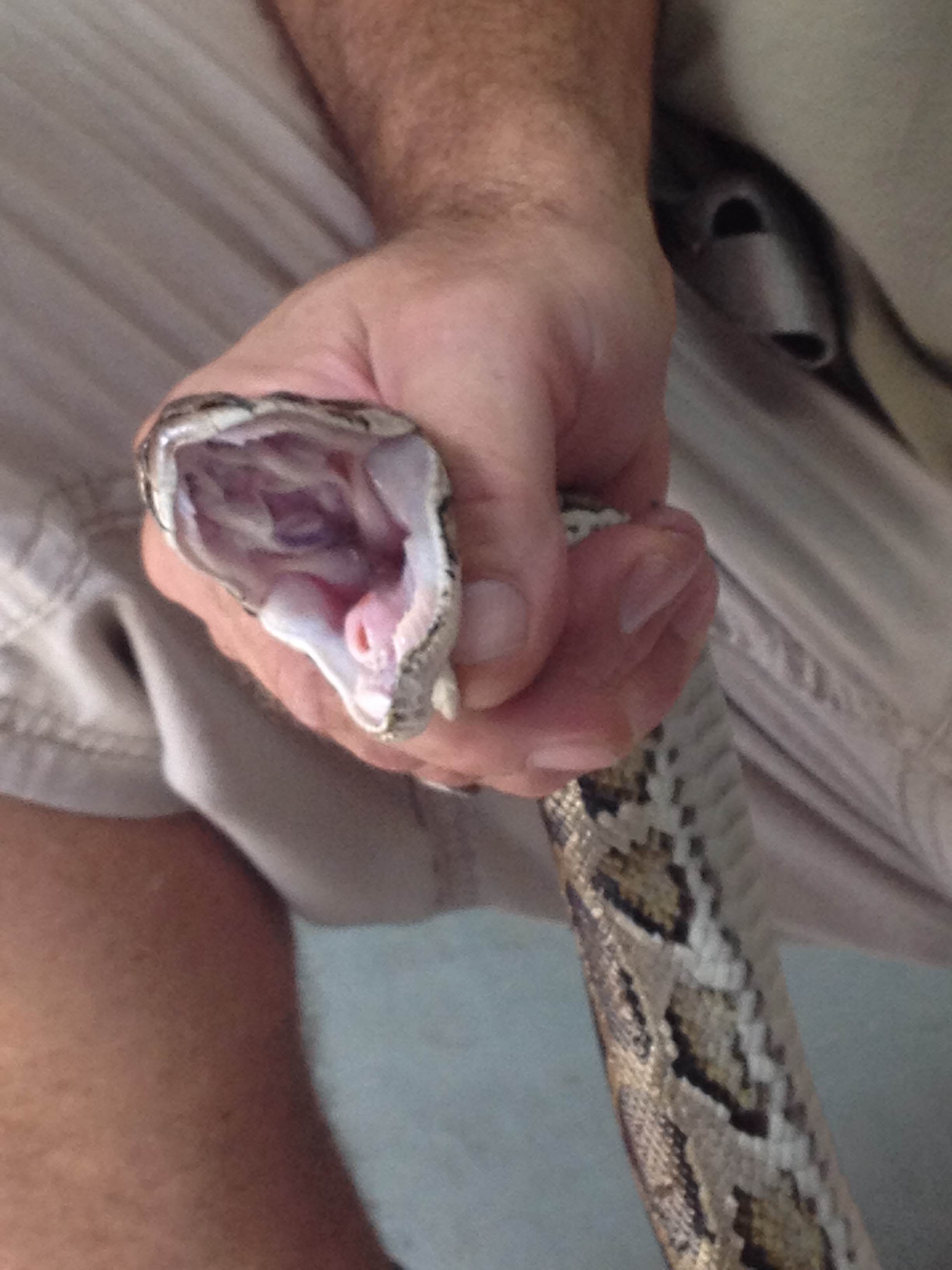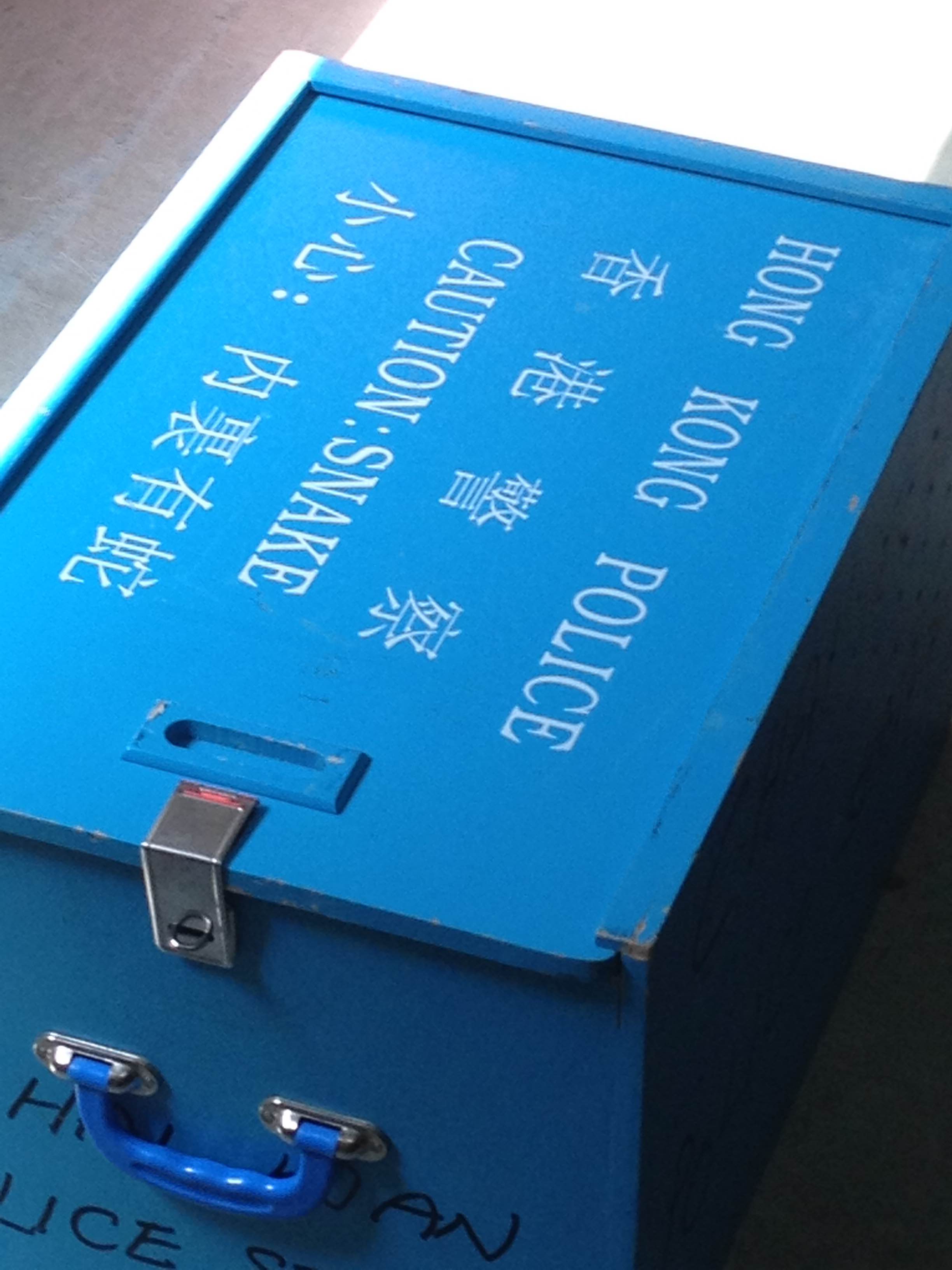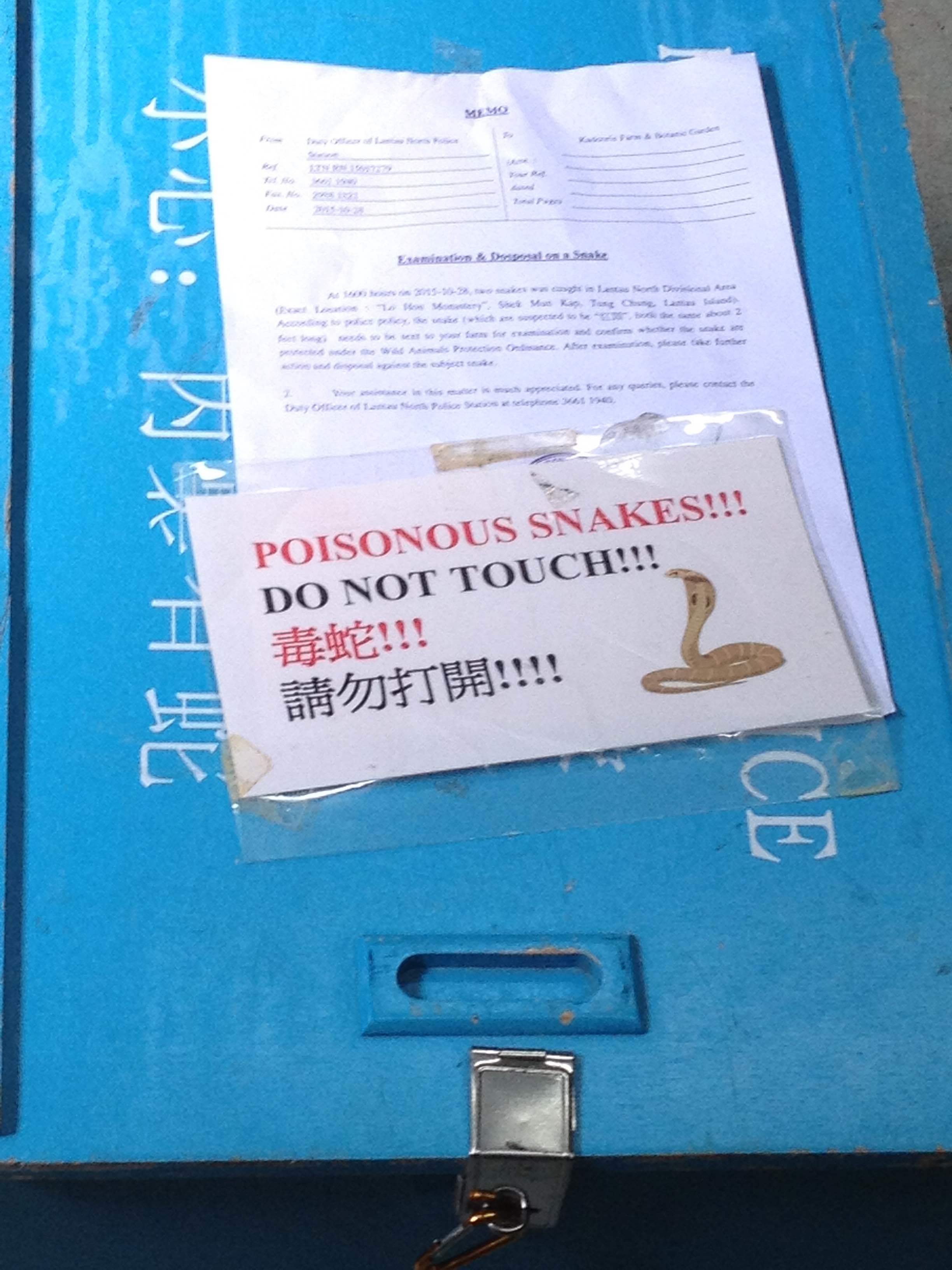Hong Kong
 Our one day conference was well attended, and was scheduled from 3-10 PM, which makes for a late night.
Our one day conference was well attended, and was scheduled from 3-10 PM, which makes for a late night.
 The next day was a free day. We started with breakfast: some chick pea curry with rice and bacon. But no worry, I was able to find a container of good old oatmeal and some gluten free toast. We met a group of veterinarians at the conference who practice 70% exotics at the Tai Wai Small Animal and Exotic Hospital Hong Kong, and we were invited to come see their clinic and the Kaddorie Farm and Botanic Gardens, where some of the staff volunteer from time to time.
The next day was a free day. We started with breakfast: some chick pea curry with rice and bacon. But no worry, I was able to find a container of good old oatmeal and some gluten free toast. We met a group of veterinarians at the conference who practice 70% exotics at the Tai Wai Small Animal and Exotic Hospital Hong Kong, and we were invited to come see their clinic and the Kaddorie Farm and Botanic Gardens, where some of the staff volunteer from time to time.
 This wildlife facility at Kadoorie Farm sees all the kinds of wildlife you might expect, like hawk and owls, with some other, more unique critters like macaques, barking deer, small wildcats and probably the most DARLING animal in the world: pangolins. They also see reptiles, and lots and lots of .....snakes.
Apparently Hong Kong is crawling with Burmese pythons, which is a pet species we see a lot in our practice, but they are native wildlife here. And they have a dozen or more venomous snakes including cobras. Every
This wildlife facility at Kadoorie Farm sees all the kinds of wildlife you might expect, like hawk and owls, with some other, more unique critters like macaques, barking deer, small wildcats and probably the most DARLING animal in the world: pangolins. They also see reptiles, and lots and lots of .....snakes.
Apparently Hong Kong is crawling with Burmese pythons, which is a pet species we see a lot in our practice, but they are native wildlife here. And they have a dozen or more venomous snakes including cobras. Every  day, the police get calls about snakes that are found in places like people's porches, yards, the street, or even in the houses. The police call a group of snake catchers who, years ago would catch the snakes and take them to restaurants for people to eat. Fortunately, that is not the case now- the police pay these professionals to catch them, put them in special bags that go inside special boxes. The police then transport the box to this wildlife facility along with a description of what they think the snake may be, and how big it is. The staff carefully opens the box, gets the bag, opens it and peeks in. Then they catch the snake with snake tongs and gloves and check it for injuries. If it's in good shape, the
day, the police get calls about snakes that are found in places like people's porches, yards, the street, or even in the houses. The police call a group of snake catchers who, years ago would catch the snakes and take them to restaurants for people to eat. Fortunately, that is not the case now- the police pay these professionals to catch them, put them in special bags that go inside special boxes. The police then transport the box to this wildlife facility along with a description of what they think the snake may be, and how big it is. The staff carefully opens the box, gets the bag, opens it and peeks in. Then they catch the snake with snake tongs and gloves and check it for injuries. If it's in good shape, the  snake is put back in the bag and into a large box either marked "venomous" or "non-venomous". I looked in the boxes and there were about 7 bags in the "venomous" box and 4 in the "non-venomous" box. Then they are released eventually to safer places. The largest snake brought in this day was identified by the police as a "Burmese Cobra". The staff at the wildlife center asked us to leave the room for that bag, just in case it was a cobra! Thankfully it was actually......a Burmese python! We see these guys frequently in our exam room. I took a good look at what a nice healthy wild caught python is supposed to look like.
We also saw a lot of turtles, including some unusual species the wildlife center is trying to replenish in the wild.
snake is put back in the bag and into a large box either marked "venomous" or "non-venomous". I looked in the boxes and there were about 7 bags in the "venomous" box and 4 in the "non-venomous" box. Then they are released eventually to safer places. The largest snake brought in this day was identified by the police as a "Burmese Cobra". The staff at the wildlife center asked us to leave the room for that bag, just in case it was a cobra! Thankfully it was actually......a Burmese python! We see these guys frequently in our exam room. I took a good look at what a nice healthy wild caught python is supposed to look like.
We also saw a lot of turtles, including some unusual species the wildlife center is trying to replenish in the wild.
Next stop: Tokyo!

